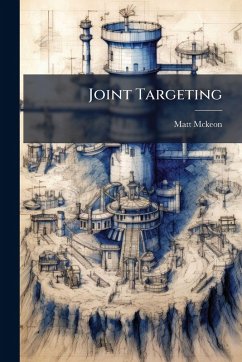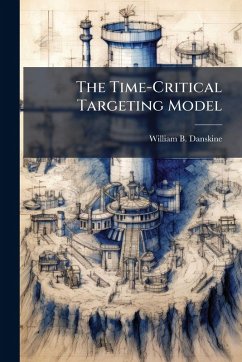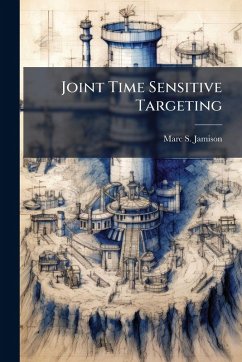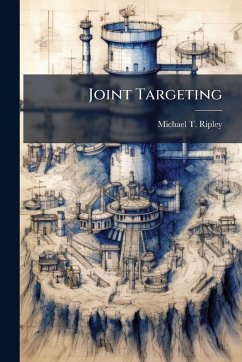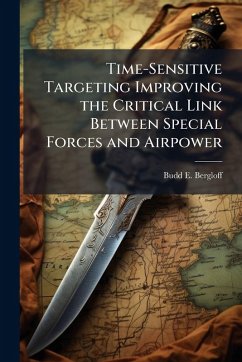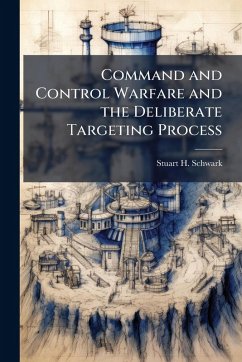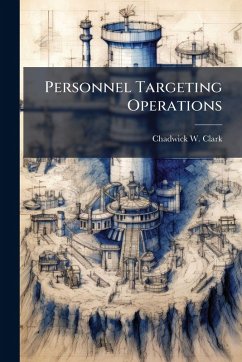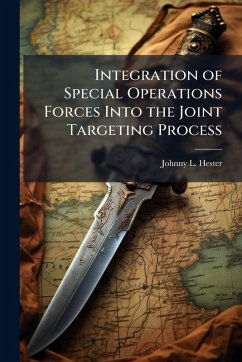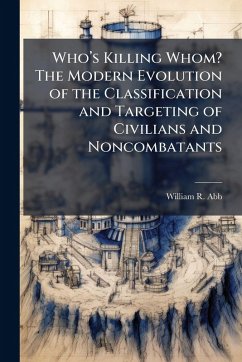
Targeting for Effect

PAYBACK Punkte
8 °P sammeln!
This study analyzes the use of airpower against enemy ground forces. Maj Scott G.Walker assesses current doctrinal definitions of the close air support and interdictionmissions as seen by the Air Force and Army, comparing and contrasting the two. Inchapter 2 Major Walker examines a typical modern field army, analyzing the variousparts of combat and support forces for criticality and vulnerability to air attack.Chapter 3 examines the desired operational effects and tactical results. Thisexamination includes the questions of enemy actions, congruence with overallstrategy, and the tactical proble...
This study analyzes the use of airpower against enemy ground forces. Maj Scott G.Walker assesses current doctrinal definitions of the close air support and interdictionmissions as seen by the Air Force and Army, comparing and contrasting the two. Inchapter 2 Major Walker examines a typical modern field army, analyzing the variousparts of combat and support forces for criticality and vulnerability to air attack.Chapter 3 examines the desired operational effects and tactical results. Thisexamination includes the questions of enemy actions, congruence with overallstrategy, and the tactical problem of finding, identifying, striking, and assessingdamage to the target. Operational level combat assessment is also discussed. Inchapter 4 Major Walker examines the historical development of combined armswarfare and current Army doctrine regarding forms of maneuver, attack, anddefense, highlighting areas where a particular ground scheme of maneuver is bestsupported by a particular air mission, or by air attack on a specific target set.Chapter 5 briefly reviews four case studies in attack aviation, ranging from WorldWar One to the Vietnam War. The final chapter is a recap of the top-to-bottomanalysis process, including a graphic depiction of the author's counterland analysisframework. The themes that recur throughout are the need for planning to remainflexible, using the speed and firepower of air attack to concentrate force whereneeded, and the requirement for good operational and tactical intelligence. This work has been selected by scholars as being culturally important, and is part of the knowledge base of civilization as we know it. This work was reproduced from the original artifact, and remains as true to the original work as possible. Therefore, you will see the original copyright references, library stamps (as most of these works have been housed in our most important libraries around the world), and other notations in the work. This work is in the public domain in the United States of America, and possibly other nations. Within the United States, you may freely copy and distribute this work, as no entity (individual or corporate) has a copyright on the body of the work. As a reproduction of a historical artifact, this work may contain missing or blurred pages, poor pictures, errant marks, etc. Scholars believe, and we concur, that this work is important enough to be preserved, reproduced, and made generally available to the public. We appreciate your support of the preservation process, and thank you for being an important part of keeping this knowledge alive and relevant.



